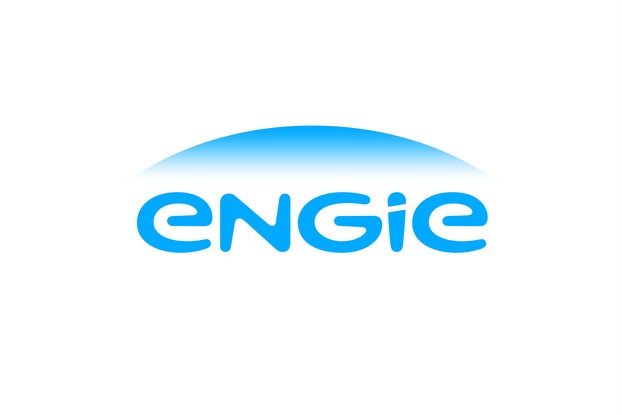State Compensation Insurance Fund (State Fund) and ENGIE North America are going to build solar PV + energy storage systems + electric vehicle (EV) charging stations across seven different State Fund locations throughout California. ENGIE and JLL jointly designed this comprehensive program to help State Fund embark on the next phase of its broader sustainability strategy.
ENGIE will install up to 11 MW of solar panels across six State Fund facilities spanning from Riverside to Redding that will generate approximately 18,000,000 kWh of clean energy annually. The energy storage systems — approx. 4,240 kWh of battery storage at four locations — will allow State Fund to store energy and avoid buying power from the electricity grid during the most expensive times of peak energy use each day.
Additionally, State Fund will install a network of more than 150 Level II and Level III electric vehicle (EV) charging stations at seven locations that will be used by fleet vehicles and available to employees. State Fund’s fleet currently includes eight battery electric vehicles (BEVs), three of which are new long-range BEVs that allow employees to quickly travel between State Fund locations while lowering their reliance on fossil fuels.
“Increasing our efforts and investments around sustainability initiatives will bring a number of benefits to State Fund customers and employees, our surrounding communities, and California as a whole,” said Andreas Acker, Executive Vice President and Chief Administrative Officer at State Fund. “This project with ENGIE and JLL is a huge step forward in our drive to reduce our use of fossil fuels, limit the load we place on local and statewide electrical grids, and improve overall air quality throughout California.”
This initiative is part of a broader sustainability strategy that State Fund has been rolling out for several years and will ramp up significantly over the years to come. Examples of State Fund’s sustainability efforts undertaken to date include:
• Installation of exterior and interior LED lighting and energy efficient heating, ventilation and air conditioning (HVAC) systems at several locations.
• Installation of daylight harvesting systems at all owned buildings.
• Adoption of water-saving measures such as waterless or dual-flush toilets and low-flow faucets at most sites.
• A recent internal campaign to “ban the bottle” and a substantial reduction in plastic water bottle purchases for State Fund-hosted events.
Overall, eight State Fund buildings have become Energy Star certified and State Fund has reduced the energy used in its owned buildings by 10 percent since 2016.
The initial phases of this comprehensive energy program have already begun at some sites, and the entire project is currently planned to be completed by the end of 2020.
— Solar Builder magazine


Leave a Reply
You must be logged in to post a comment.